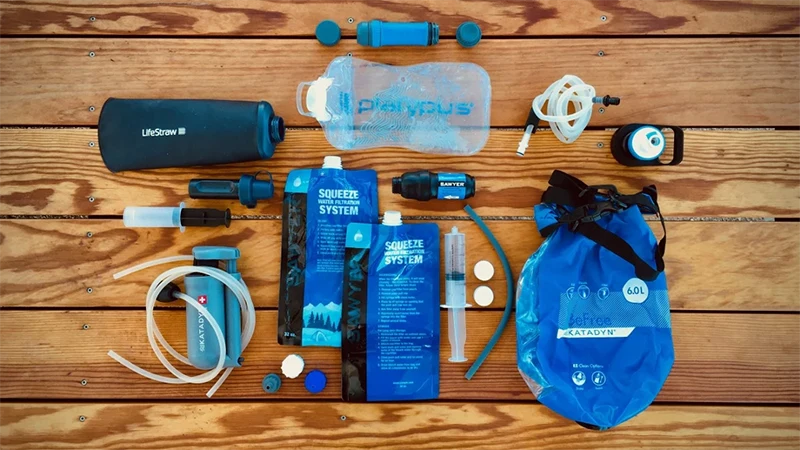

Tick disease with COVID-19 symptoms on the rise in northeastern New York
Anaplasmosis, a tick-borne illness with similar symptoms to COVID-19, the disease caused by the novel coronavirus, is on the rise in the Adirondacks and upstate New York.
It’s a concern for state health officials as more people get outside to fight cabin fever and headlines and resources focus on the pandemic. Some of the symptoms include fever, muscle aches and even respiratory failure, all similar signs of the disease that has killed more than 100,000 people in the United States this year.
Anaplasmosis, if left untreated, can also be fatal.
“It’s a little challenging to cut through COVID (19) news,” said Byron Backenson, deputy director of the state Health Department’s Bureau of Communicable Disease Control. He and other officials are reminding healthcare providers about tick-borne illnesses, something that might get forgotten with coronavirus on everyone’s minds.
While Lyme disease tends to get the spotlight and is still the most prevalent tick-borne illness in the state with more than 5,500 new cases each year, local researchers are seeing a trend in increased cases of anaplasmosis.
Read the full article by Gwendolyn Craig on Adirondack Explorer's website here.
From the Squad
Campfire conversations with our community, from Squad Members and Ambassadors to Brand Partners and the Sawyer team.

















